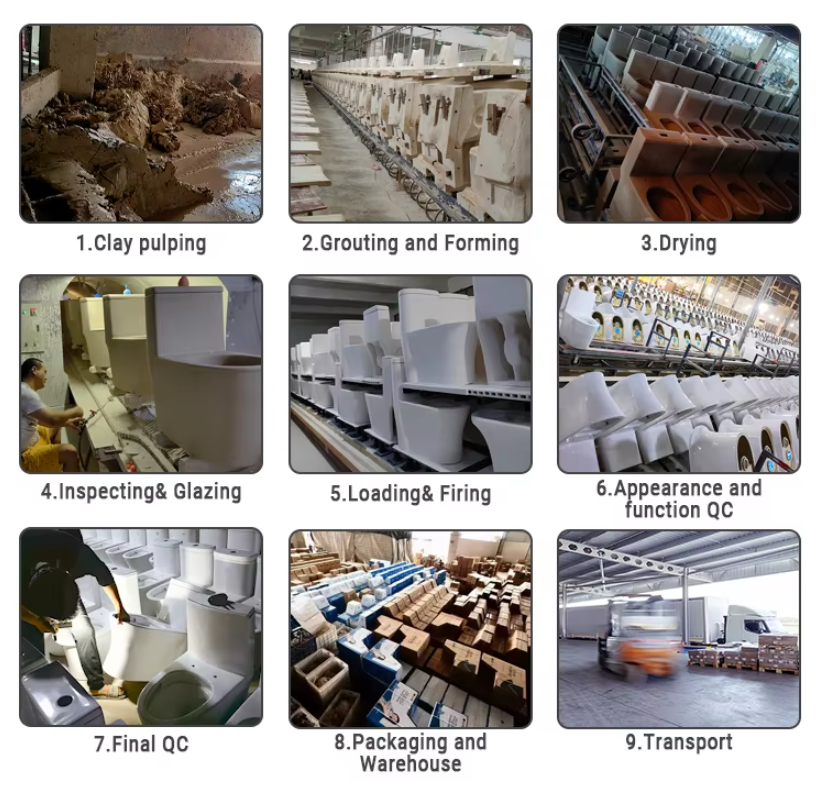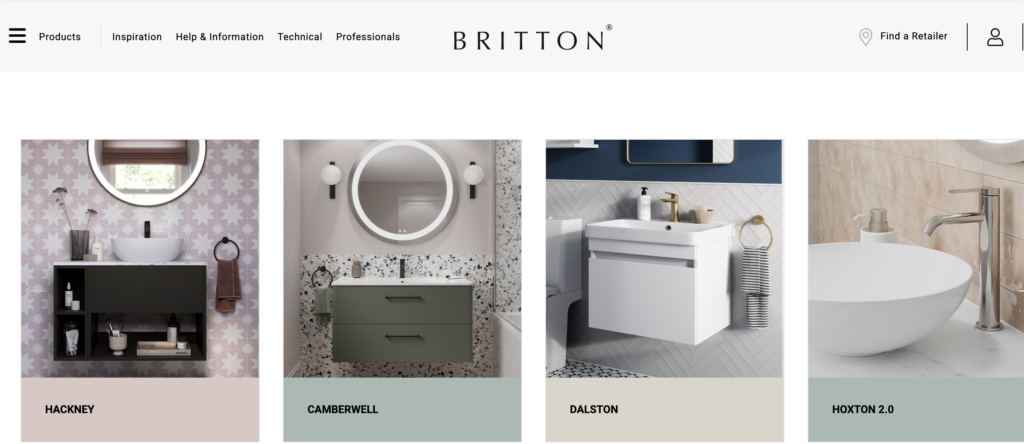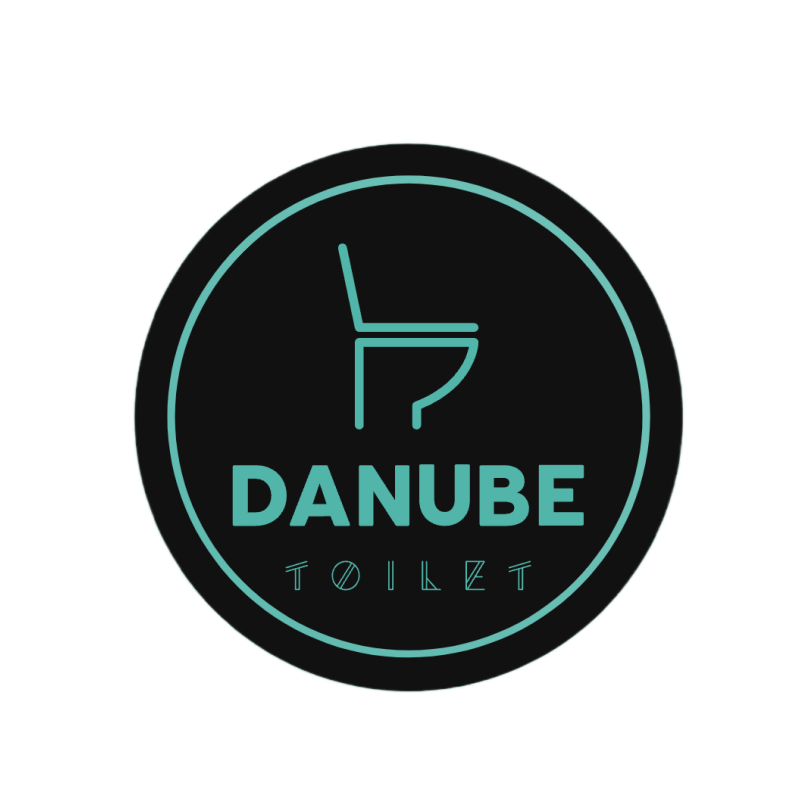In today’s highly competitive global bathroom industry, quality is no longer a luxury—it’s a necessity. Whether it’s outfitting a five-star hotel with a full set of smart bathroom systems or customizing washbasins and toilets for commercial building projects, every buyer wants to work with a reliable factory that delivers not only elegant design and advanced features but also long-term durability and rigorous quality control.
So the big question is: How can you ensure high quality in bathroom product manufacturing? This article breaks it down for you—exploring industry best practices, comparison tables, common buyer questions, and real-world case studies to help procurement professionals make smarter sourcing decisions.
1. From Design to Finished Product: Key Stages in Quality Control
Bathroom products—especially ceramic toilets, washbasins, bathroom cabinets, and smart mirrors—are both functional items and important design elements. High quality starts at the design phase and must be maintained across every step of the manufacturing process.

Raw Material Selection: The Foundation of Quality
High-quality ceramic materials determine whiteness, density, and crack resistance. Reputable manufacturers use refined kaolin clay with high purity and low impurity content, rigorously screened before production.
Precision Molds: Consistency is Key
Symmetry and smooth surface lines are vital. Precision CNC molds not only increase production efficiency but also ensure consistent product dimensions and curves.
High-Temperature Firing: Hardness and Durability
Firing at over 1220°C strengthens the ceramic, reducing water absorption to below 0.5%—on par with premium global brands. Lower temperatures risk water seepage and structural weakness.
Glazing and Polishing
Triple-layer glazing and multiple rounds of manual polishing enhance glossiness and ease of cleaning, especially on toilets and washbasins that see daily use.
2. How to Evaluate a Manufacturer’s Quality Management Capabilities
Here’s a side-by-side comparison to help you determine whether a bathroom product factory truly meets high-quality manufacturing standards:
| Aspect | High-Standard Manufacturer | Average Manufacturer |
|---|---|---|
| Raw Material Testing | Physical + chemical analysis for every batch | Random checks or direct use |
| Mold Accuracy | CNC machining with scheduled maintenance | Manual or outdated molds |
| Firing Temperature Control | Automated temperature control with data logging | Manual control, wide temperature variance |
| Quality Control Stages | Multiple inspections: appearance, strength, water absorption | One-time inspection before shipping |
| Defect Rate | ≥98.5% pass rate, traceable product IDs | Unstable quality, no traceability |
| Smart Product Testing | Simulated tests for waterproofing, circuits, heating, lighting | Partial or no testing |
| Packaging Protection | Triple-layer protective packaging with corner guards & compression tests | Basic packaging, higher risk of damage |
3. Global Buyers View “High Quality” Differently
Depending on the country or region, the definition of “high quality” in bathroom products can vary:
- German buyers emphasize technical performance, water-saving features, and mechanical precision.
- American buyers focus on multifunctionality and user experience—smart toilets and sensor mirrors are in high demand.
- Middle Eastern buyers prioritize luxurious materials and anti-stain, waterproof features.
- Japanese buyers expect energy-saving functions and detailed smart integration.
- Australian buyers value sustainable materials and minimalist modern design, with a focus on low carbon impact.
4. International Certifications That Matter
A truly high-standard bathroom product manufacturer typically holds the following certifications:
- ISO 9001 Quality Management System
- CE Certification (for EU markets)
- WaterMark (Australia and New Zealand)
- UPC Certification (United States)
- SASO (Saudi Arabia)
These certifications aren’t just stamps on paper—they are gateways to trusted procurement and long-term cooperation.
5. Case Study: Top 5 Premium Bathroom Brands in the UK
The UK is one of the most quality-sensitive markets for bathroom products. Let’s take a look at five previously unlisted top-tier brands known for their excellence in the British market:
1. Crosswater

Renowned for sleek modern designs and high-end features. Their smart toilets include self-cleaning nozzles and heated seats, often found in luxury hotels.
2. Roper Rhodes
Blends traditional and modern styles. Their washbasins and bathroom cabinets use solid wood with layered water-resistant treatments—beautiful yet functional.
3. Burlington Bathrooms
A champion of classic British heritage style, known for impeccable glaze finishes and detailed ceramic craftsmanship.
4. VitrA UK
Part of the Turkish VitrA brand, it’s known for eco-friendly smart toilets and fog-resistant smart mirrors that are popular in UK residential and commercial projects.
5. Britton Bathrooms

Well-known for offering high quality at competitive prices. Their smart toilets and LED mirrors are widely used in mid-to-high-end developments.
FAQ: People Also Ask
Q1: How can I verify a factory’s OEM/ODM capabilities?
A: Check if they have an in-house design team, mold development capability, and their own quality inspection system. Experience with international projects and quick prototyping are also good indicators.
Q2: What extra quality checks are needed for smart toilets?
A: Beyond ceramic testing, key checks include waterproofing, electrical safety, heating unit endurance, and auto-clean system functionality.
Q3: Is there a difference between export and domestic quality standards?
A: Reputable manufacturers apply the same strict standards across both. Export-grade usually complies with multiple international certifications.
Q4: How can I avoid quality disputes during procurement?
A: Sign a clear quality agreement that includes sample benchmarks, inspection procedures, and after-sales terms. Request third-party inspection reports where possible.
Q5: What are the common quality checks for bathroom products before shipment?
A: Typically includes size verification, glaze inspection, water-seal testing, absorption rate measurement, electronic function tests, moisture resistance, and pressure tolerance.
The True Cost of Poor Quality Is Greater Than You Think
High-quality bathroom products aren’t “rescued” at the final inspection stage—they’re built from the ground up. From raw materials and product design to manufacturing execution, quality assurance, and packaging—every step matters.
If you’re sourcing for a hotel, residential, or commercial building project and need a dependable partner, Danube is a trusted bathroom product manufacturer based in China. We specialize in ceramic toilets, washbasins, bathroom cabinets, smart toilets, and smart mirrors, offering flexible and professional OEM and ODM services tailored to the unique needs of international markets.
Choosing a factory that truly understands quality could be the most valuable decision you make for your project.
